What is TMJ? Formally known as the temporomandibular joint (TMJ), it acts as a sliding hinge that connects a person’s jawbone to their skull. There’s one joint on each side of the jaw.
TMJ disorders cause pain in the jaw joint and muscles that control jaw movement.
People who experience this discomfort know first-hand how frustrating and painful it can be.
In this blog post, we provide a crash course in TMJ disorders and cover topics such as:
- The symptoms of TMJ disorders
- The connection between braces and treating TMJ disorders
Let’s get started.
Common Symptoms of TMJ Disorders
Disorders can happen when there’s a problem with the muscles, ligaments, or joint.
Common symptoms of TMJ disorders include:
– Pain or tenderness in the jaw
– Discomfort on one or both of the temporomandibular joints
– An aching pain in or near the ear
– Grinding or clenching teeth
– Difficulty and/or pain with chewing
– Facial pain
– Struggling to open or close your mouth due to a locking joint
In addition to these symptoms, you might also experience a clicking sound or even a grating sensation when chewing.
Traditional TMJ Treatments
Before we delve into the role of braces in treating the problem, it’s worth highlighting traditional treatment options for TMJ disorders.
These treatments may include lifestyle changes, stress management, physical therapy, or medications to manage pain.
In some instances, depending on the severity, corticosteroid injections or surgery may be recommended to address and solve the issue.
Much like with any treatment, the results of these options vary.
3 Ways Braces Can Help with TMJ
While braces are commonly associated with the aesthetic look of a person’s smile and straightening teeth, the benefits of orthodontic treatment span beyond the cosmetic outcome.
Some people can find relief from their TMJ symptoms through orthodontic intervention.
Here’s how:
1. Proper Alignment
Generally speaking, braces can correct misalignments of a person’s teeth and jaw.
If your symptoms are linked to an improper bite, whether it’s an overbite, underbite, or jaw misalignment, braces can address these issues.
By adjusting the positioning of your teeth and jaw, braces should alleviate the strain and stress placed on the joint.
2. Pressure Distribution
Uneven distribution of pressure on the jaw joint can contribute to and exacerbate TMJ symptoms.
In these instances, braces can help by gradually moving the teeth into the proper position, which promotes a more balanced bite.
3. Better Jaw Function
Braces correct misalignments and can improve a person’s jaw function, which can reduce pain and discomfort associated with TMJ disorders.
That’s because the gradual adjustments made by braces give the jaw time and the ability to adjust and settle into its correction position, which can ease and oftentimes eliminate the symptoms.
Can Braces Improve Your TMJ Disorder?
As a trusted orthodontist in St. Augustine and St. Johns, Florida, we offer free consultations where you can come into our office, learn about our process, and ask any questions you may have about your situation and our treatment options.
A free consultation with us will help you better understand how braces can help improve your TMJ disorder.
